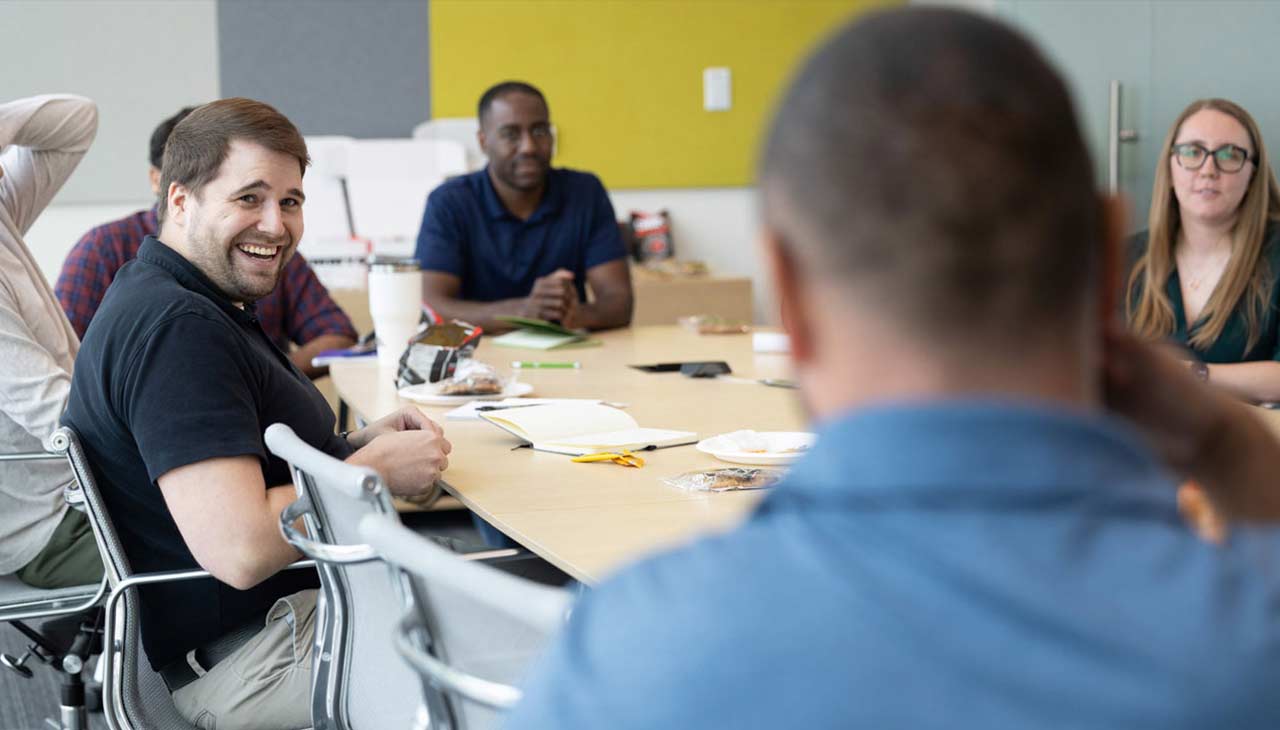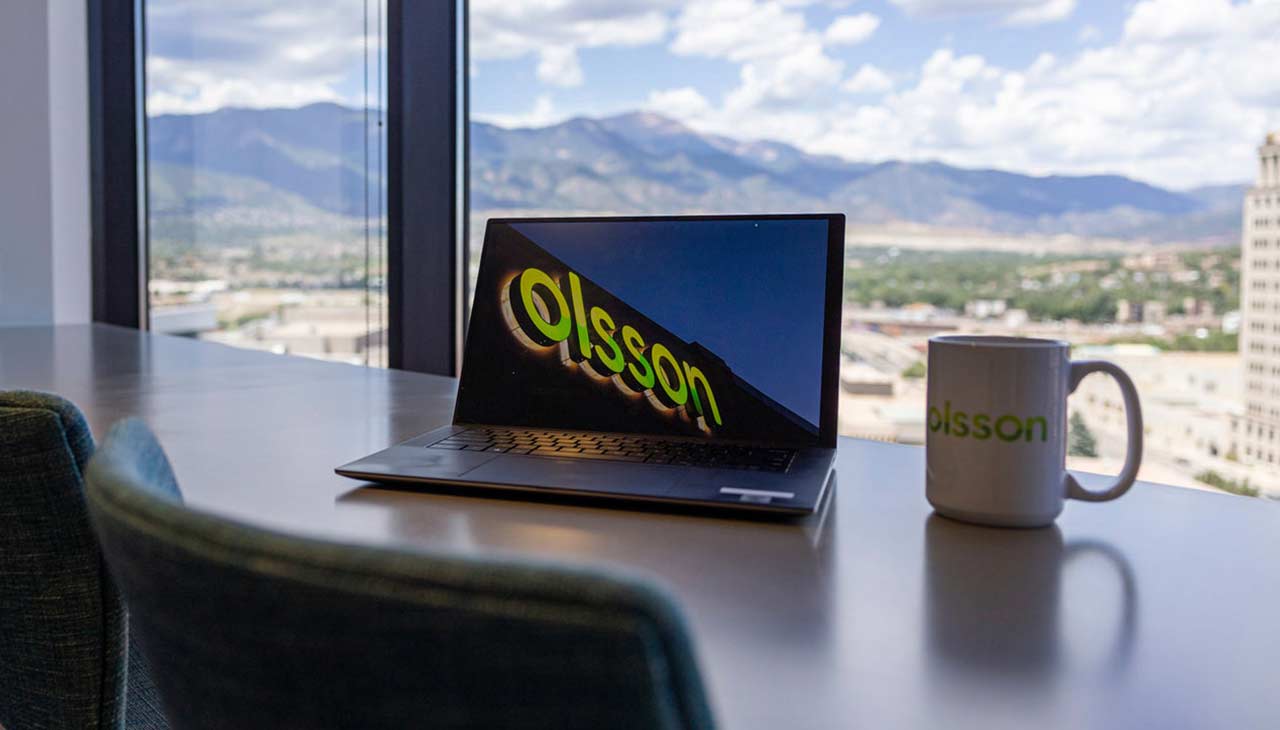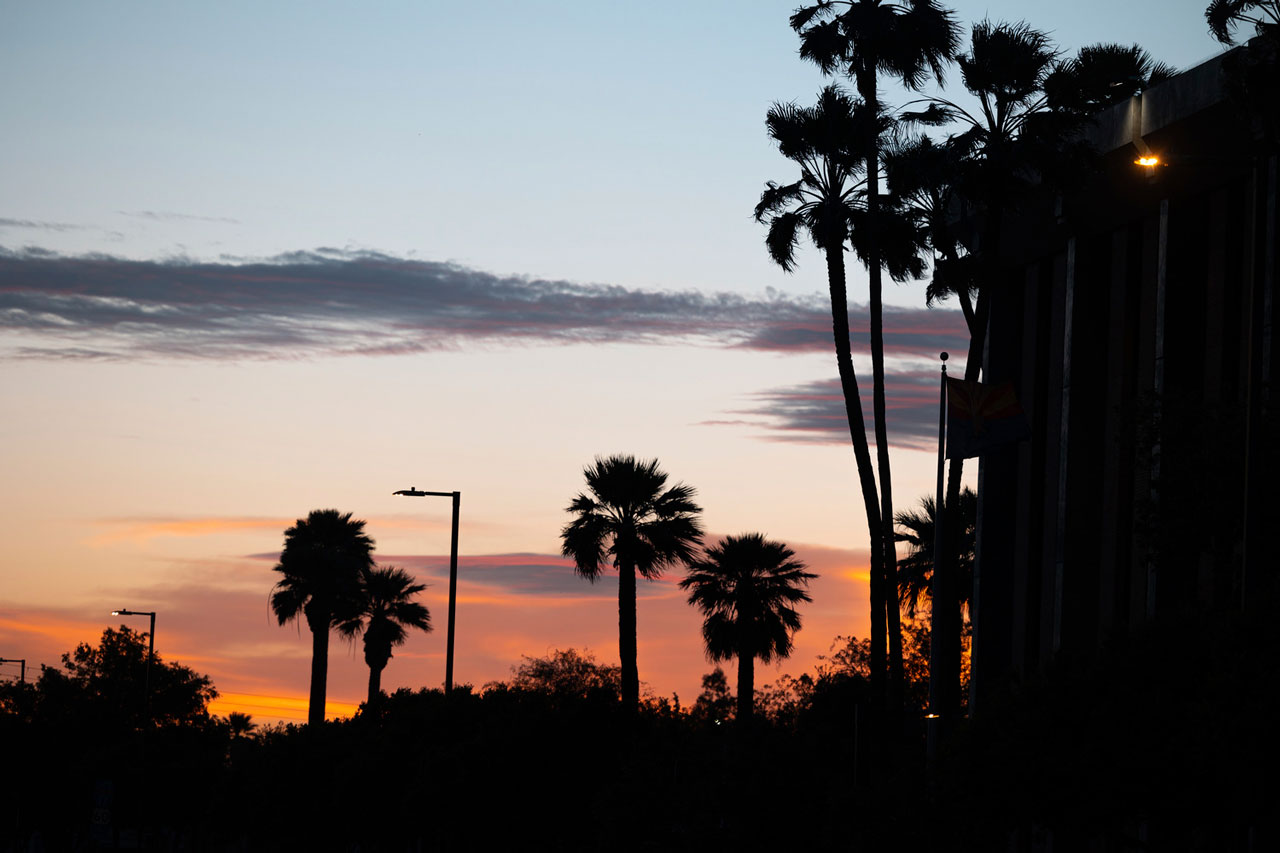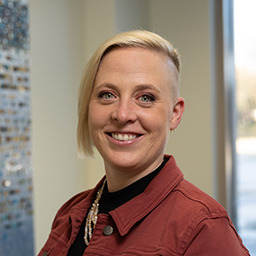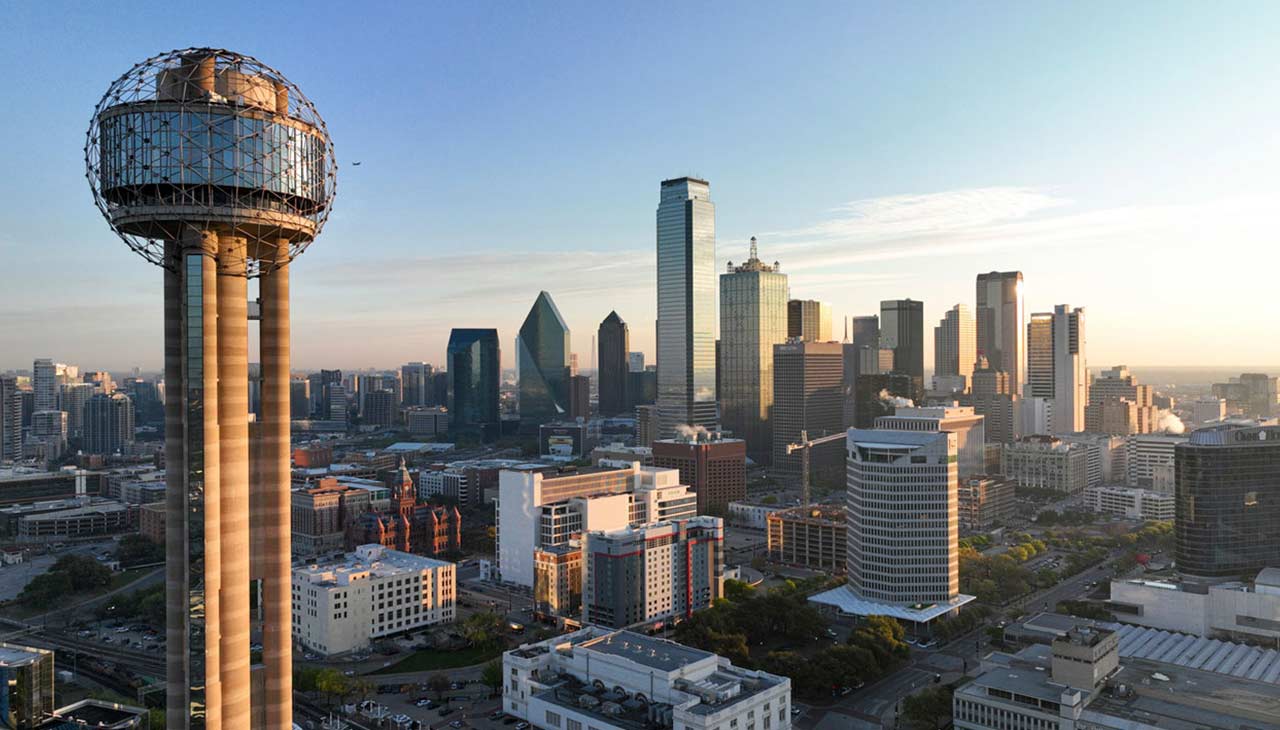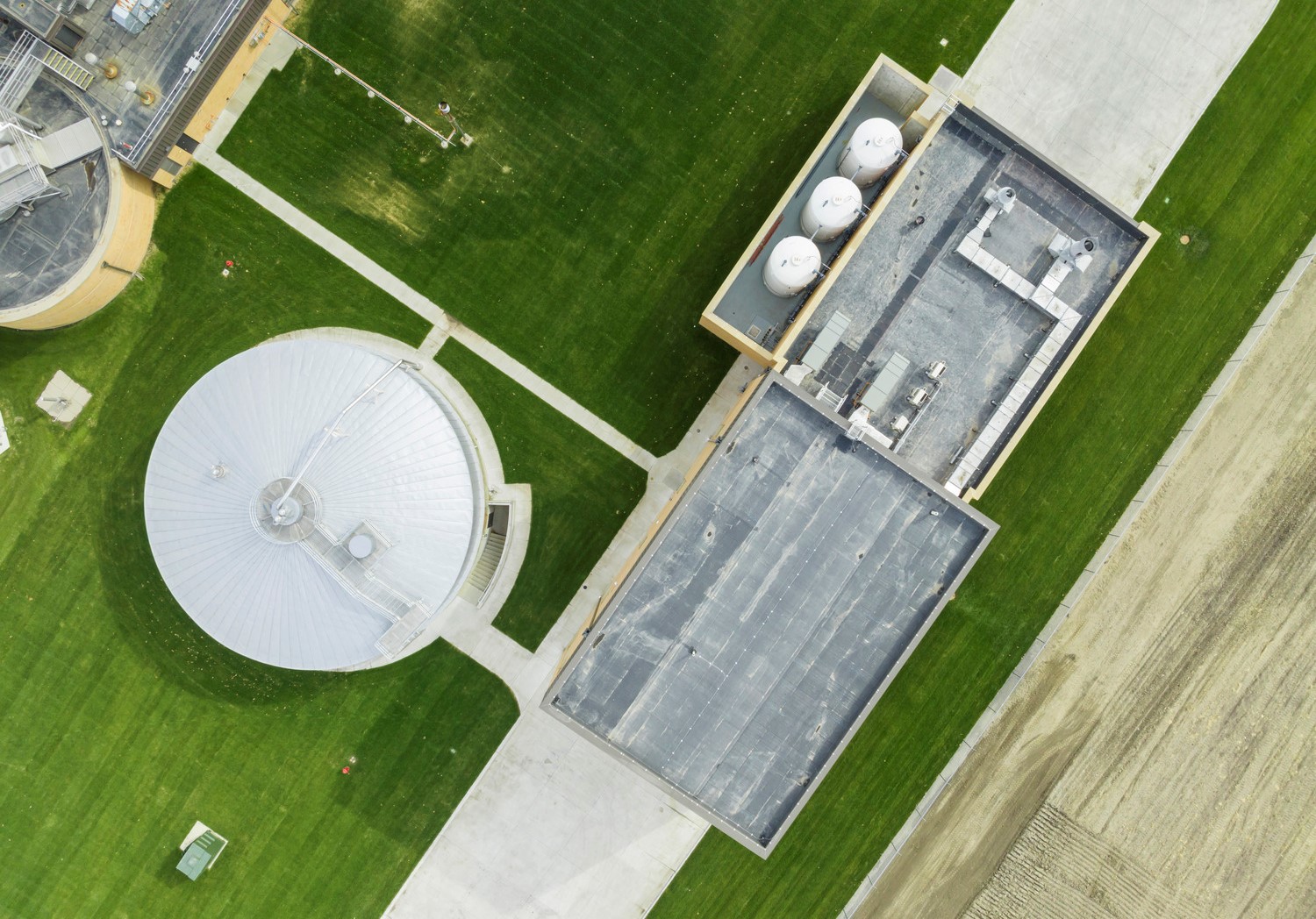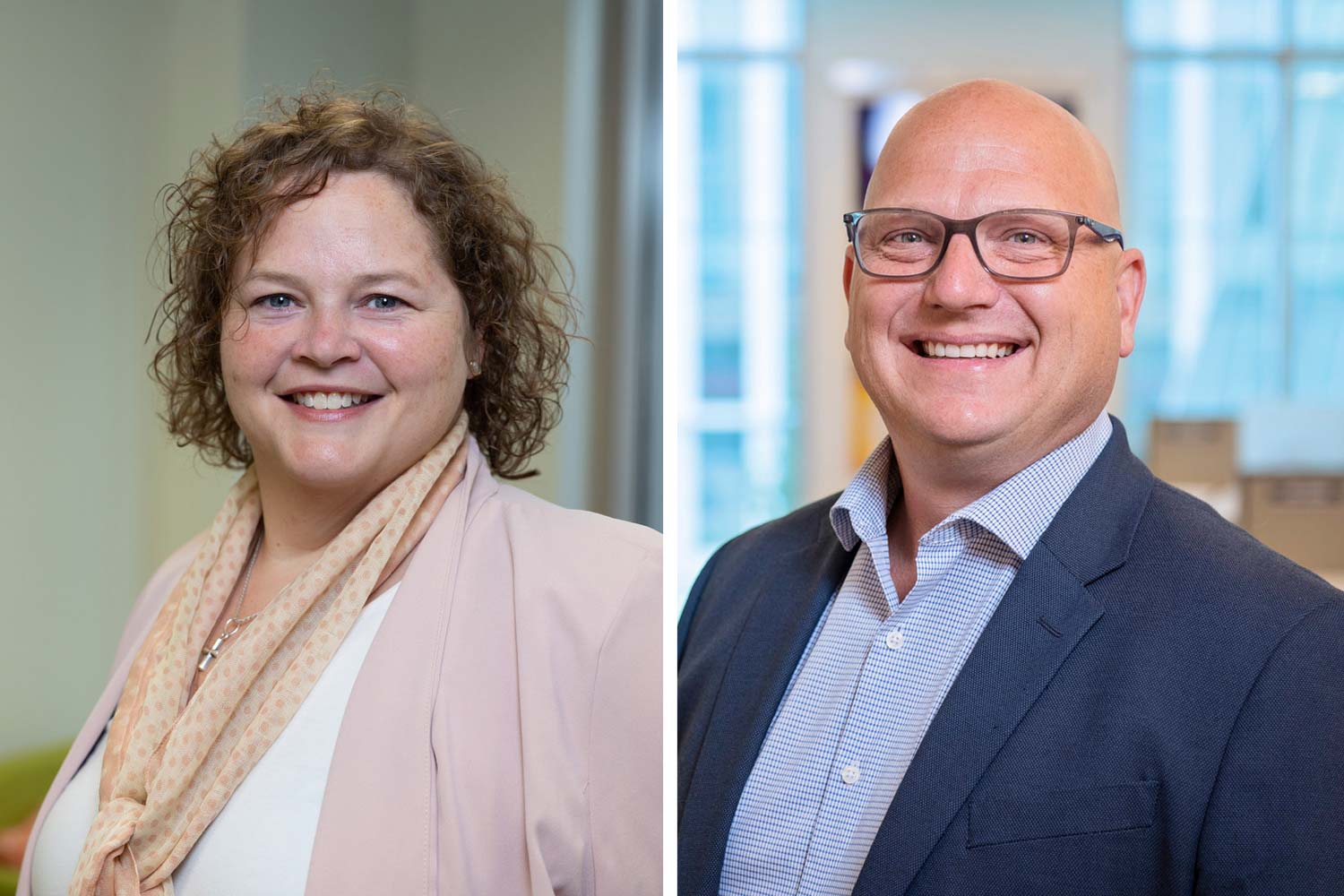Downtowns are filled with emotion, creativity, rawness, and beauty. They embody something deep and personal; they’re places where anything goes, where people try, and fail, and try again. They are the hearts and souls of communities.
Downtowns are local – our local.
They should be where we want to live and do commerce, converse over good food and showcase art and culture. They should stand as beacons of pride, spur organic economic activity, and provide focal points for grassroots organizing. Healthy downtowns are destinations of entertainment, engagement, and expression.
We care deeply about these one-of-a-kind spaces, which explains why it’s so powerful to envision the future of a downtown. And downtown planning can help build what already exists into more of what we want it to be.
Though consultants serve an important role in guiding and informing the process, successful downtown planning is driven by the people who have the most at stake. The work requires gathering candid input from community members to build consensus and develop strategies that enhance the downtown. It involves understanding history, art, culture, and identity to craft a vision that integrates the downtown’s strengths into something vibrant and distinct.
Planning produces a clear vision for the future and a step-by-step path to get there.
Art and Science
Planning takes both a quantitative and qualitative look at downtowns, requiring analysis of the district’s physical and social character. It’s both art and arithmetic, data-crunching and daydreaming.
The quantitative aspects of the approach examine the physical elements of the planning area such as streets, sidewalks, utilities, building stock, mobility infrastructure, land use, and zoning. Planners also review regulatory and operational conditions, economic and market conditions, and demographic data and trends.
From the quantitative side, we draw insights that help the plan address critical topics such as the following:
- Economic development
- Business recruitment and retention
- Tourism
- Entertainment
- Housing
- Retention of next generations
Community Conversation
But the beauty of downtown planning is that it doesn’t just boil down to numbers.
The qualitative elements of the process are often the most compelling and dynamic. Gathering those elements starts with understanding the history and culture of the district. The next step involves immersion into the downtown itself to get a feel for the uniqueness of the environment. We make a point to attend festivals, dine at restaurants, spend time in public spaces, and seek out the intangibles that give a downtown its distinguishing character.
Another part of the qualitative process centers on community engagement, which is shorthand for a conversation open to anyone with an interest or stake in the downtown. Olsson Studio employs a uniquely effective approach to community engagement that generates excitement, increases buy-in, and builds consensus.
The essential question is: “What do we want our downtown to be?” The conversation identifies issues and opportunities and asks participants to help formulate a vision for the future.
As someone who has participated in many of these community conversations, I know they can be challenging, passionate, and even raw as all walks of life gather in one room to discuss their downtowns. We might hear a 70-year-old man share a childhood memory of what downtown used to be, followed by a teenager making a pitch for a new coffeehouse a few steps from where she holds a part-time job.
These dialogues build excitement and momentum for the plan, and they underscore that downtowns are something people care deeply about. Participating in these lively discussions is one of the things that makes this work so compelling and satisfying.
Reaching the Vision
Working together with community leaders, planners bring together the data, the community feedback, and the intangibles to develop the final plan. The end product is a consensus-built, curated vision for the future of the downtown. Common elements include the following:
- A clear vision for 10 to 20 years into the future
- An implementation plan and the strategies to achieve it
- A roadmap that future leaders and stakeholders can use to gauge what fits and what doesn’t fit in terms of downtown development
- A strong strategy for the continued development of the downtown’s sense of place
Downtowns are many things – incubators, economic hubs, artistic spaces, and gathering places. They reflect who we were, who we are, and who we want to be.
And they are so worthy of the time and effort required to plan for their futures.

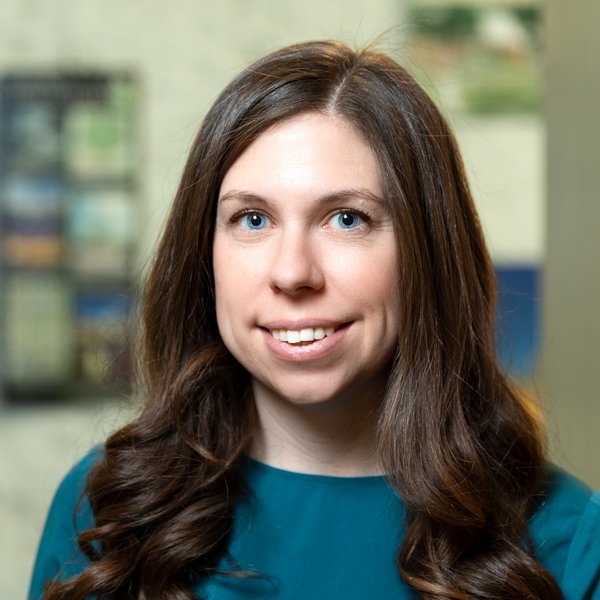
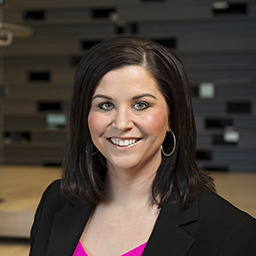

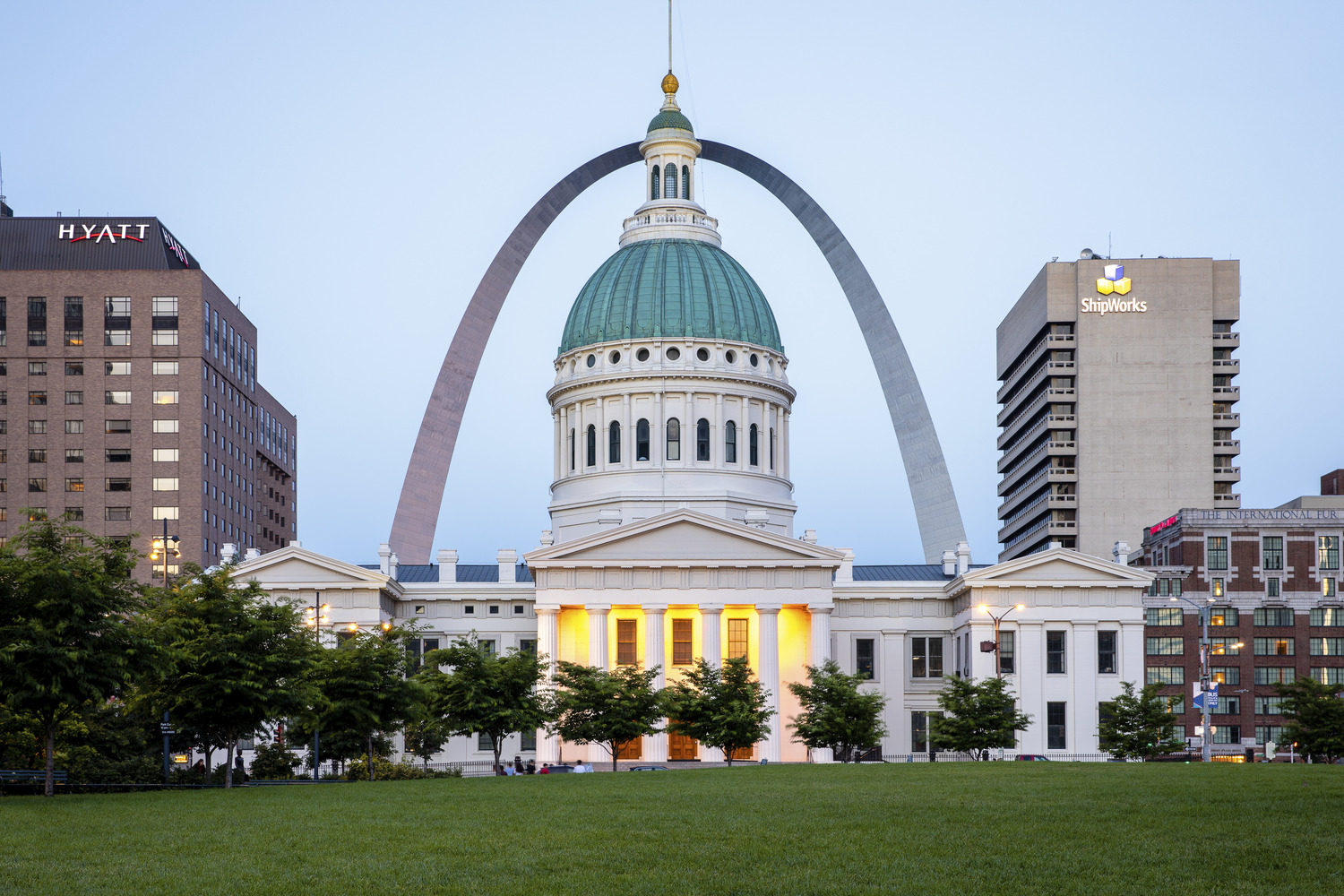




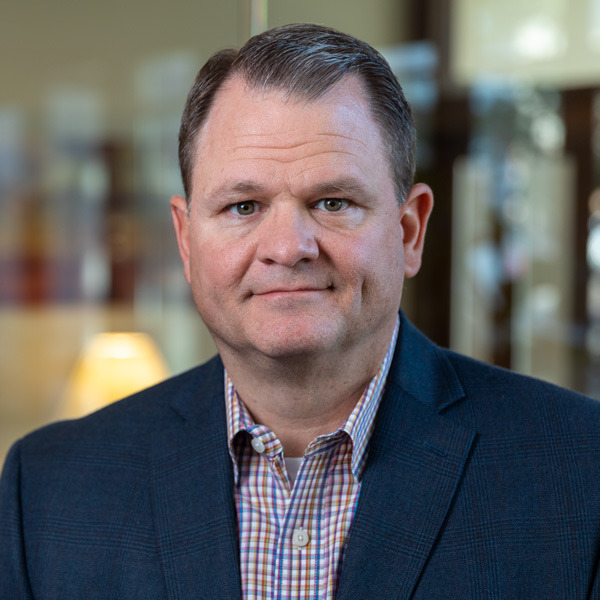


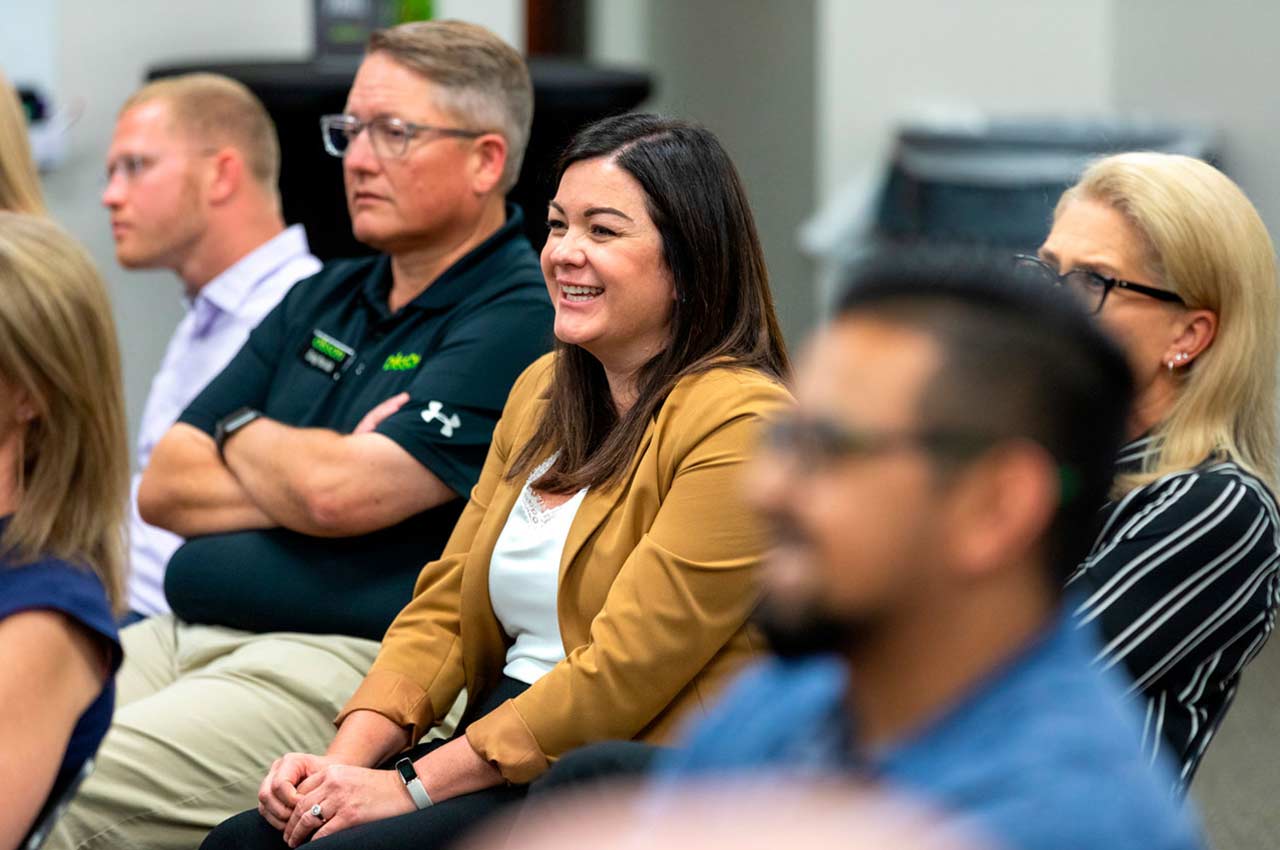

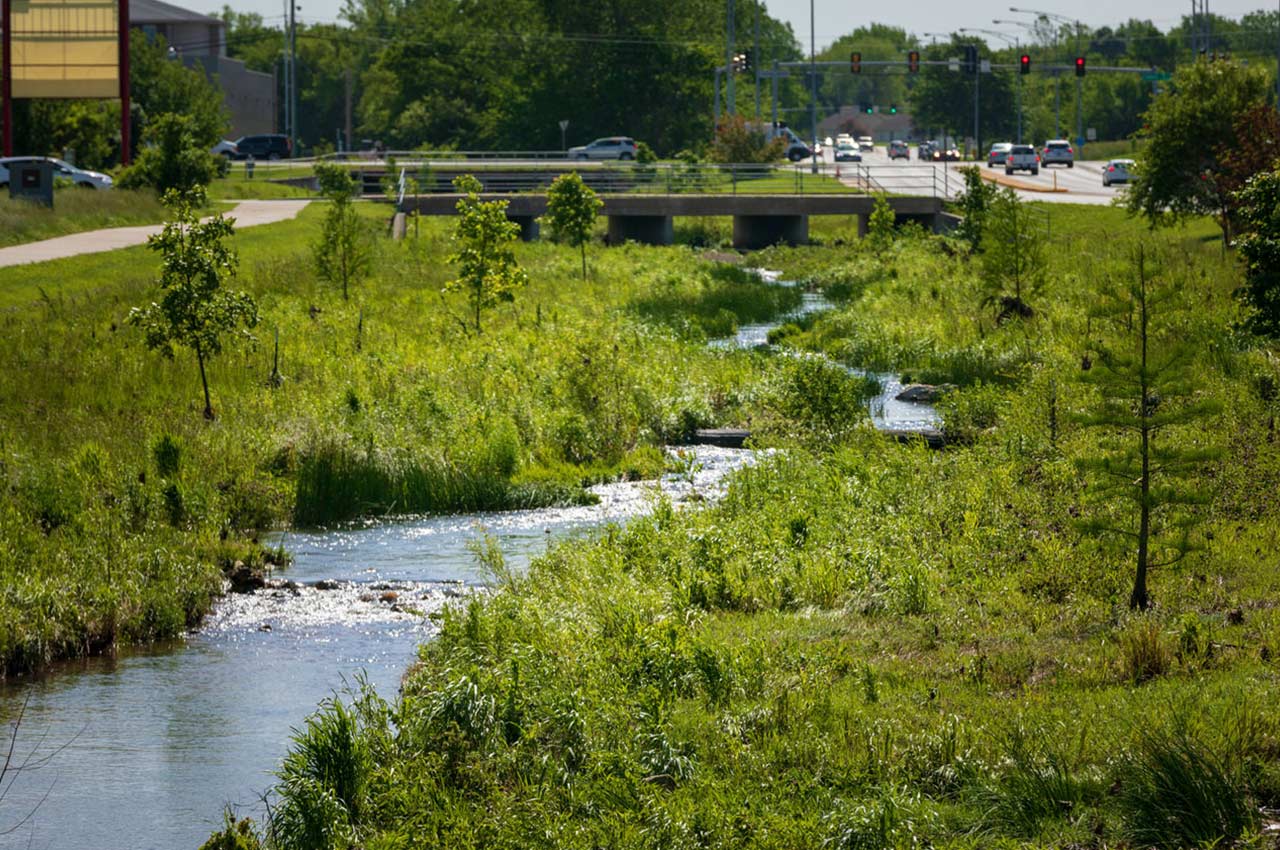





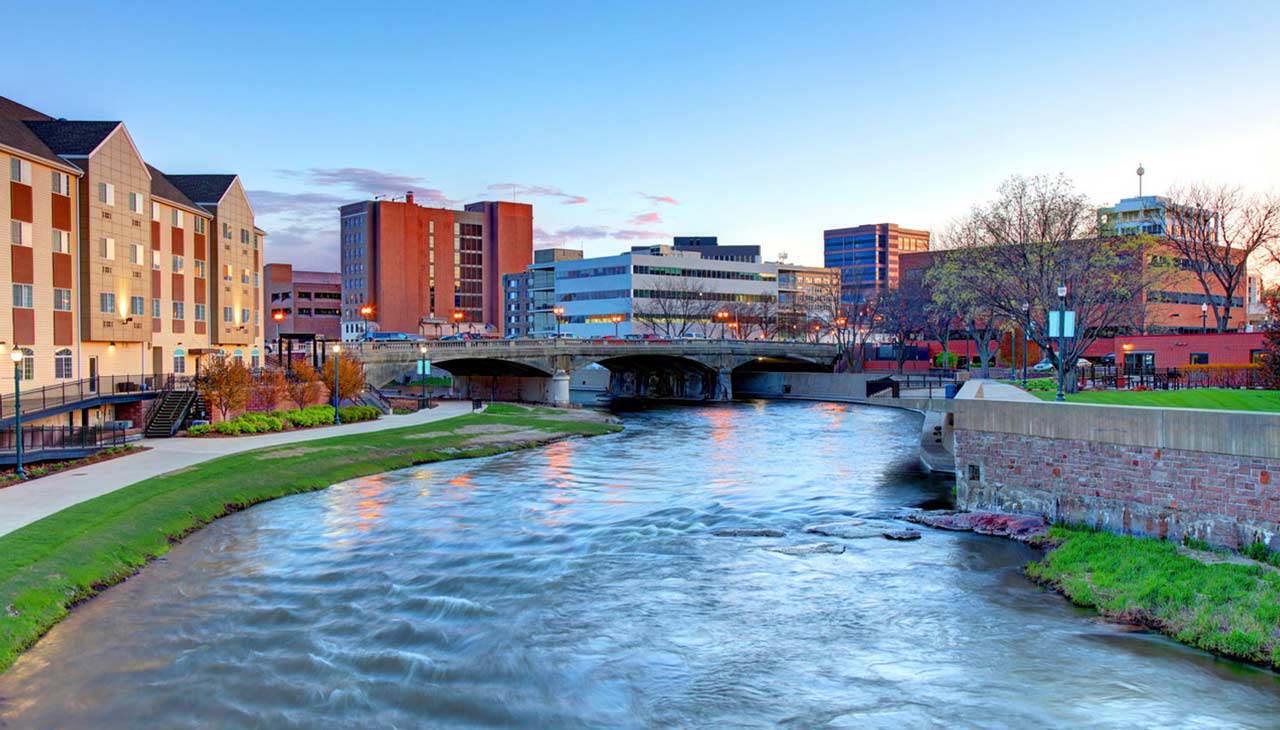
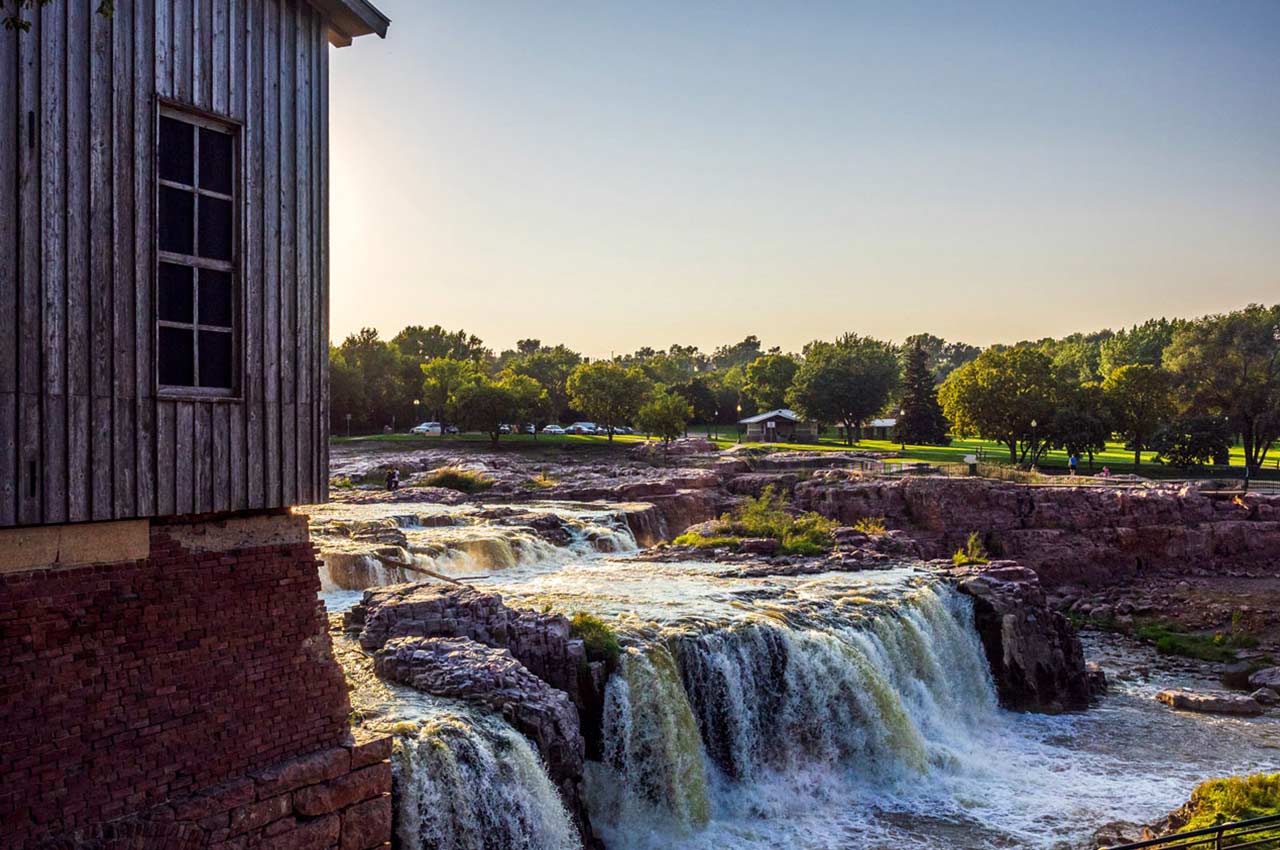
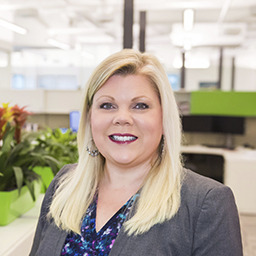

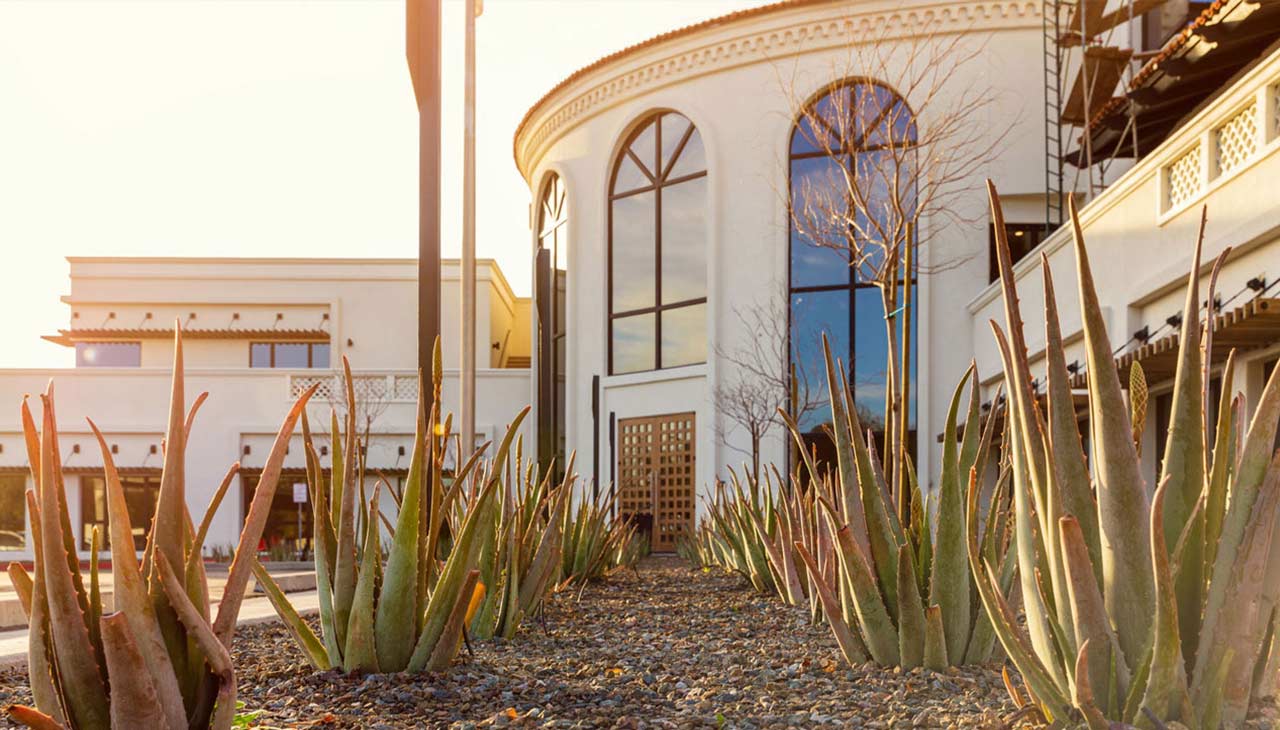




.jpg)

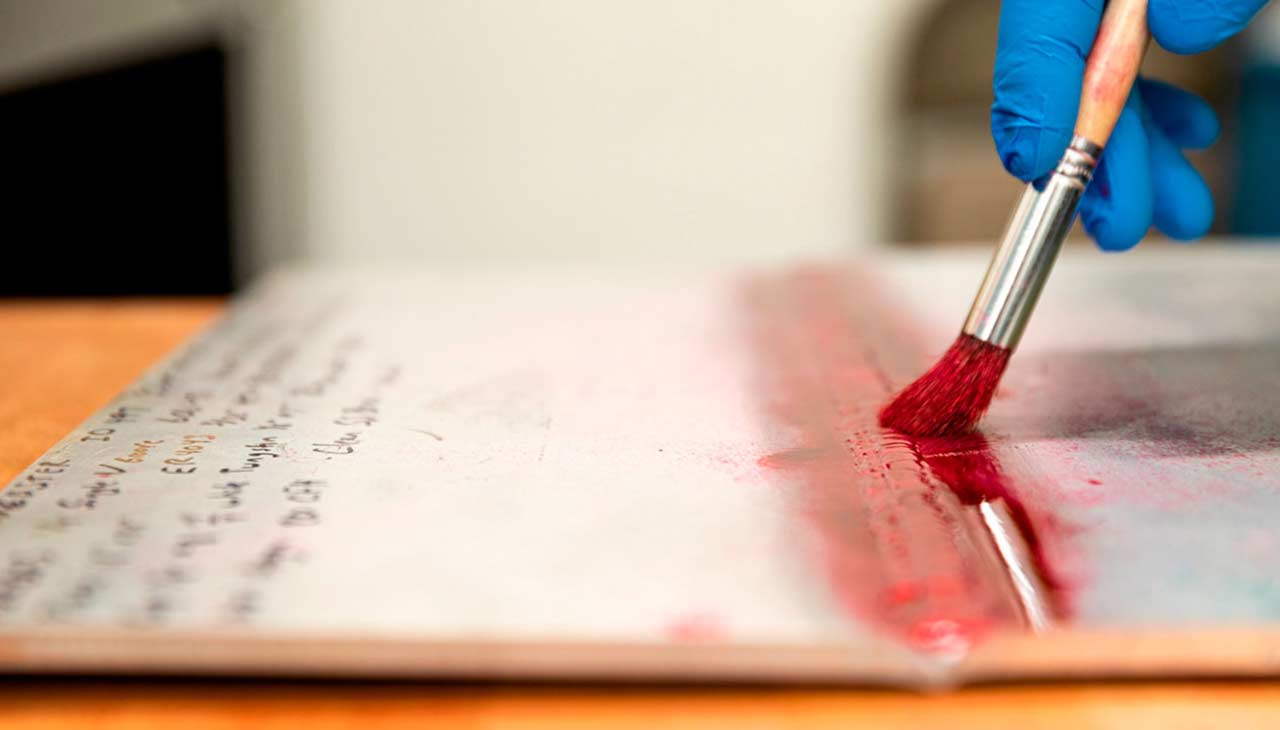



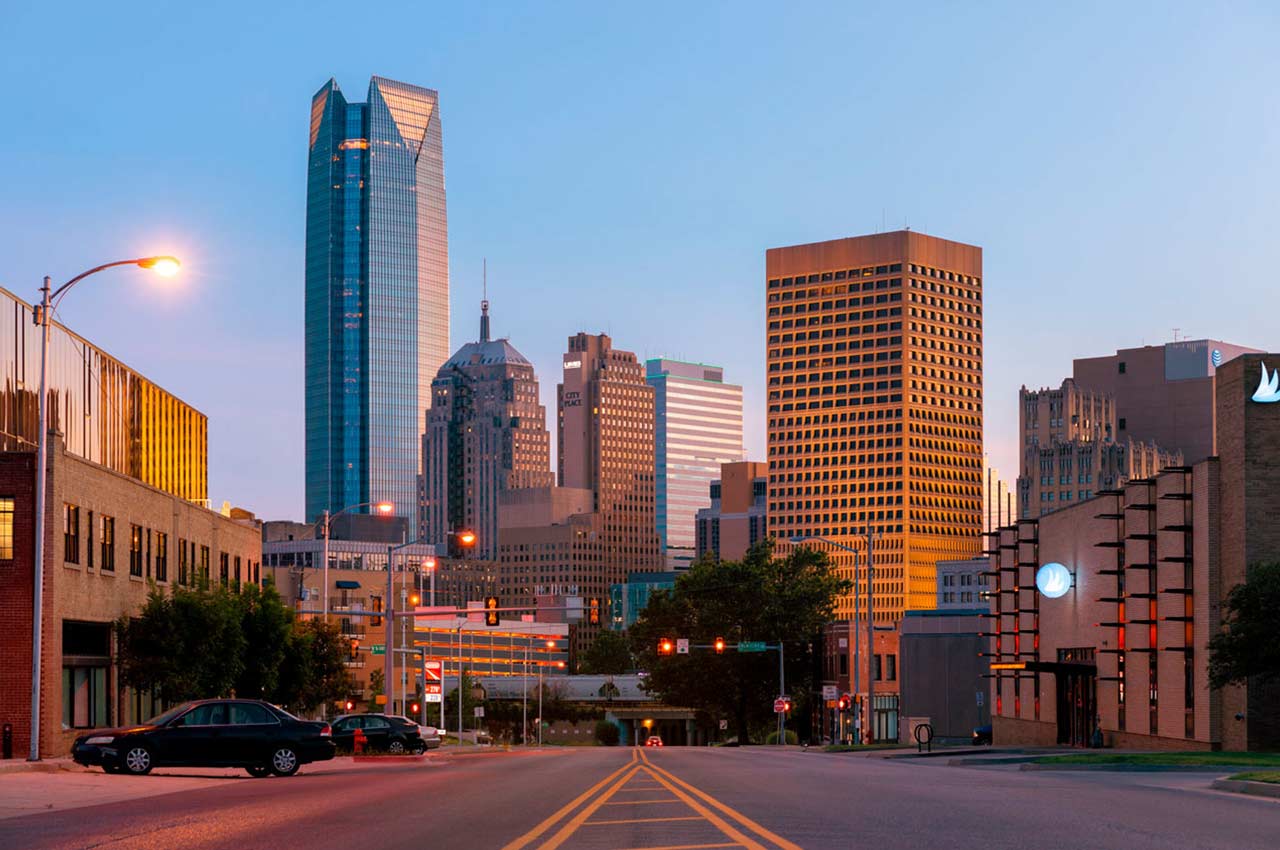


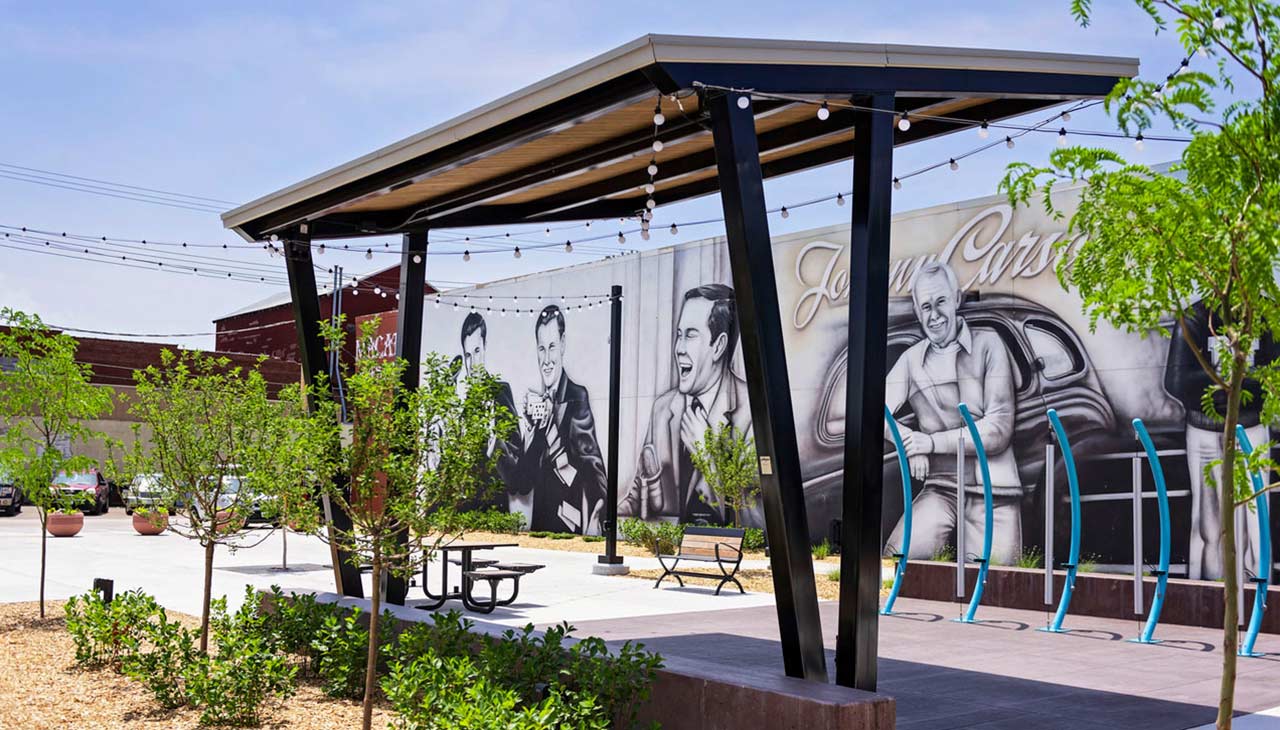
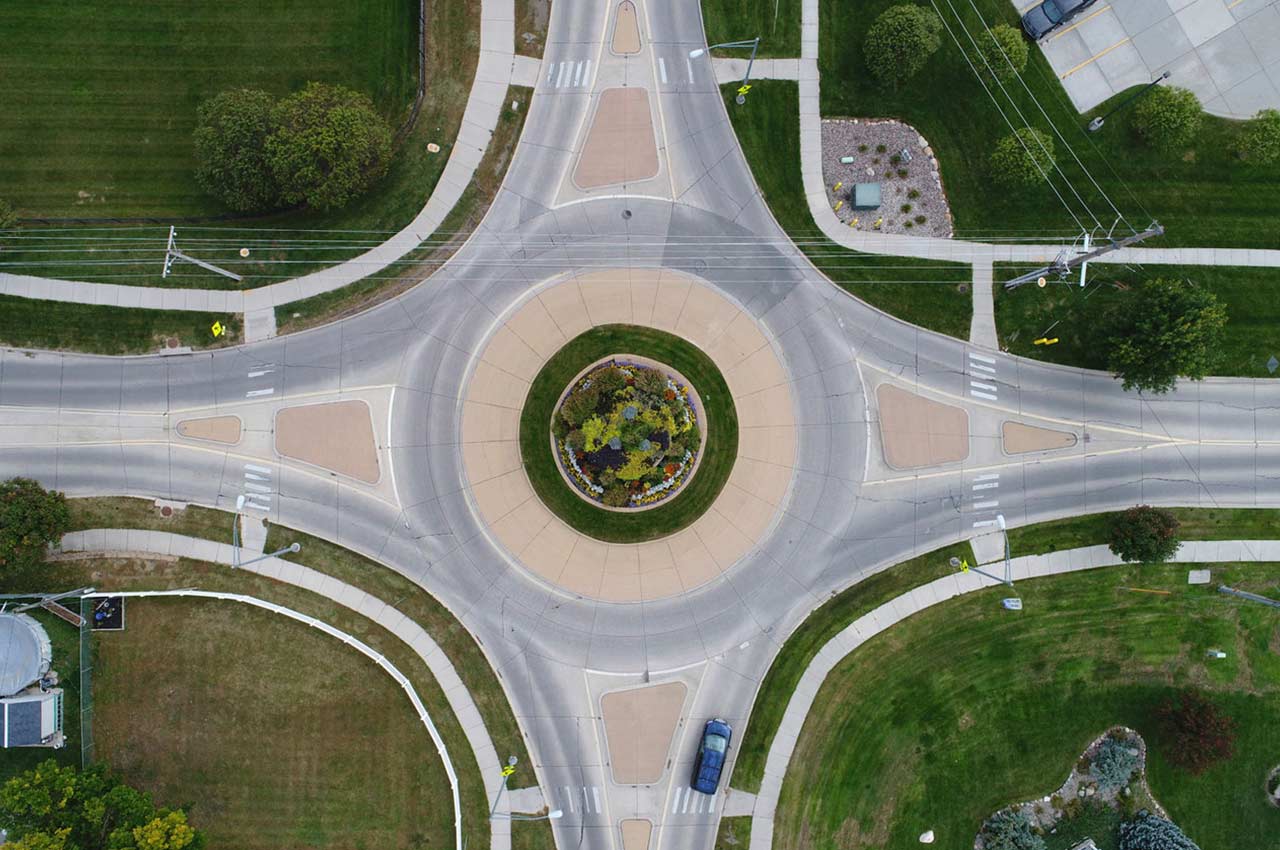
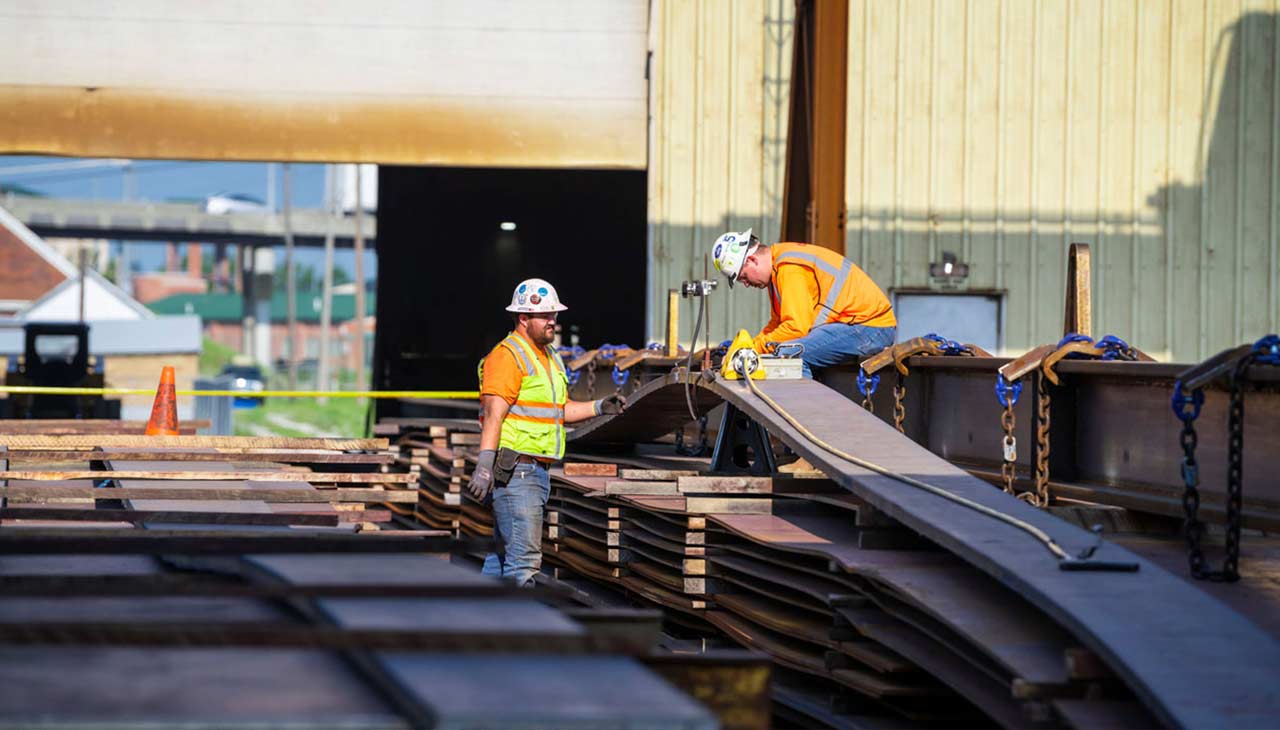



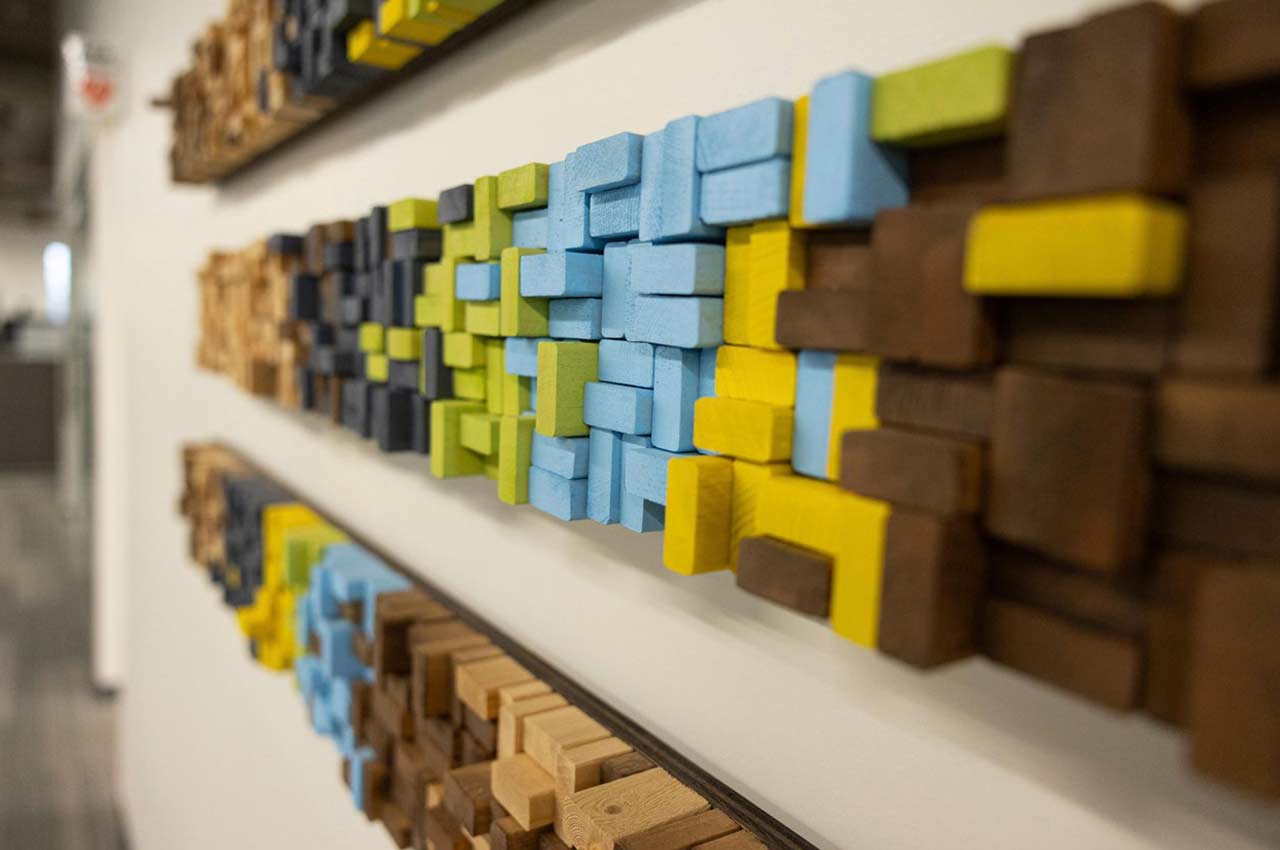
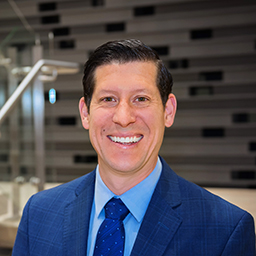



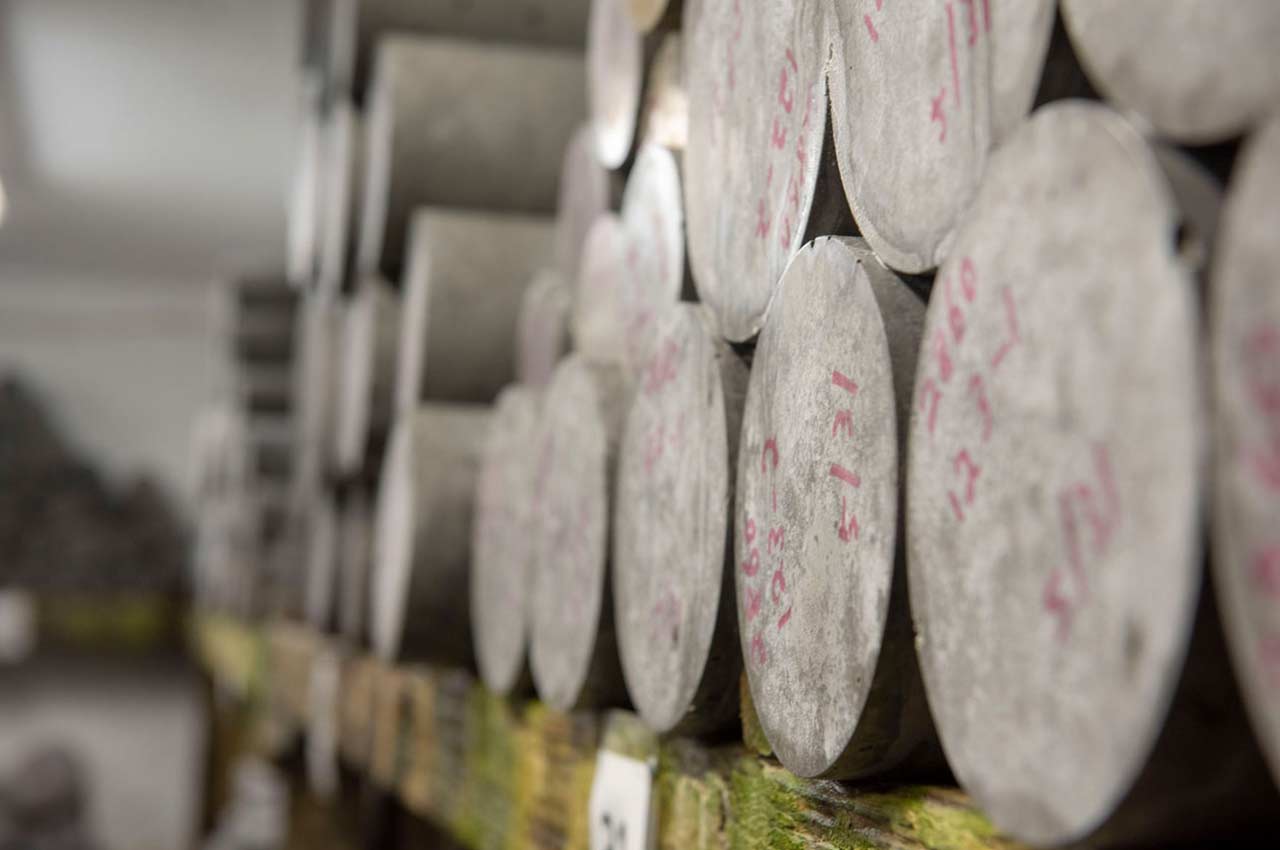

.jpg)


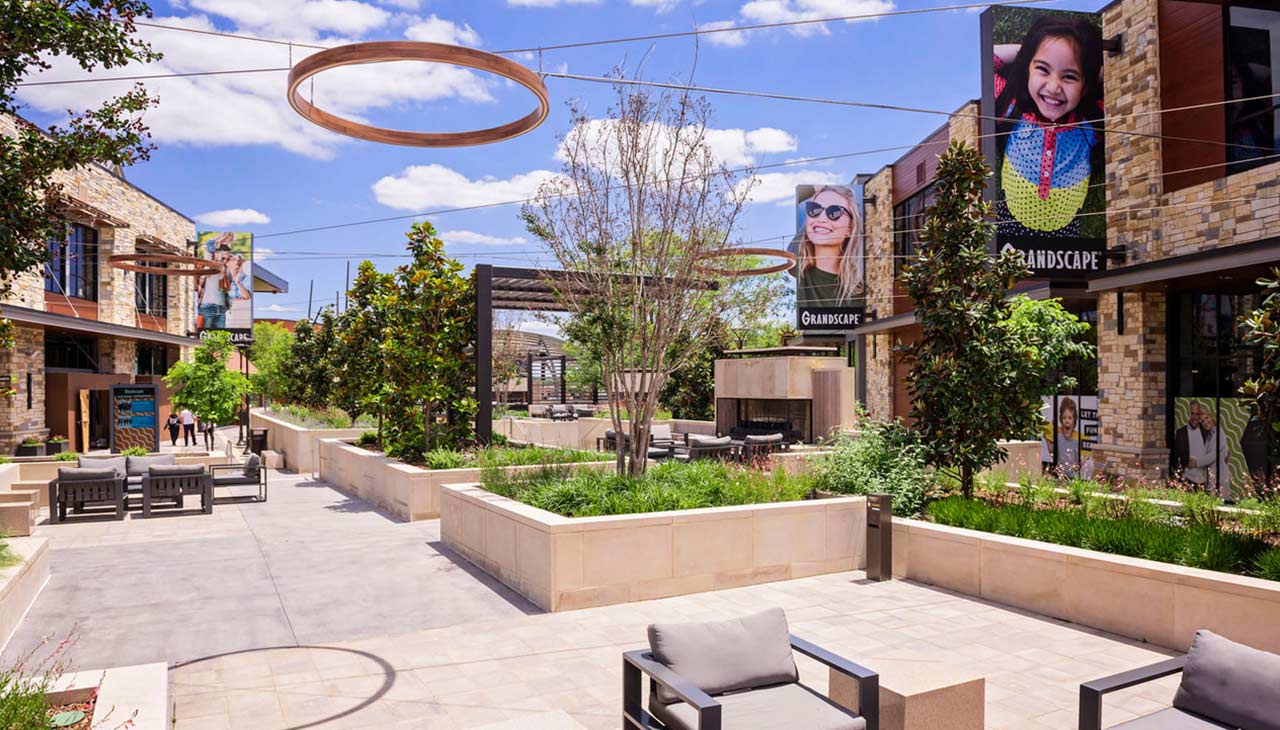










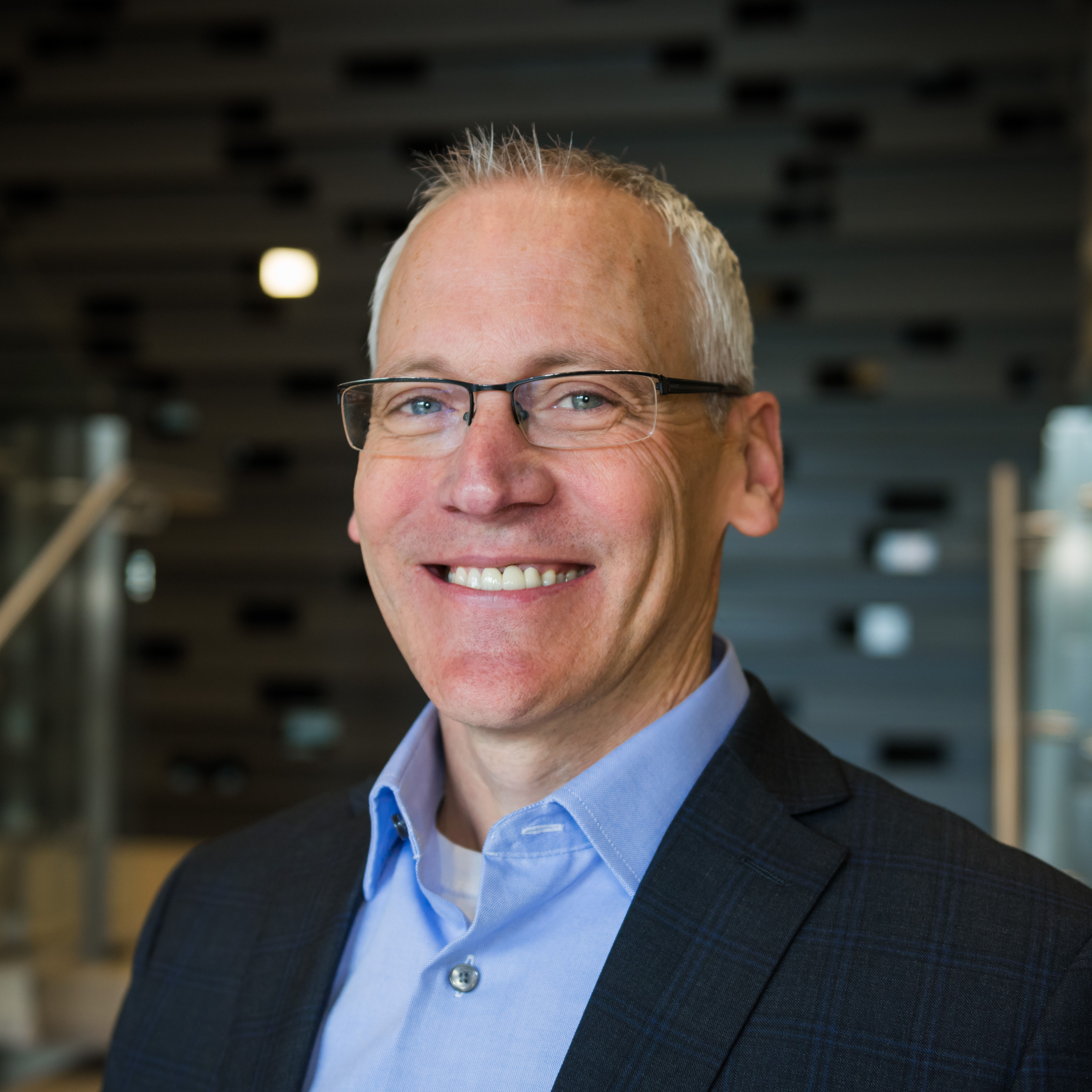

.jpg)







